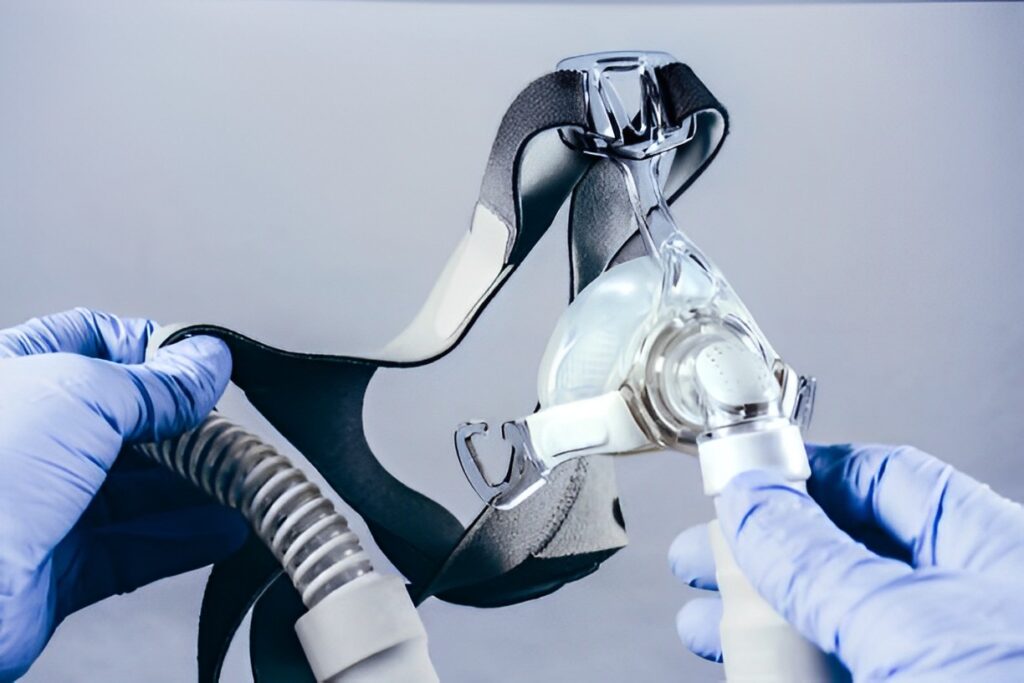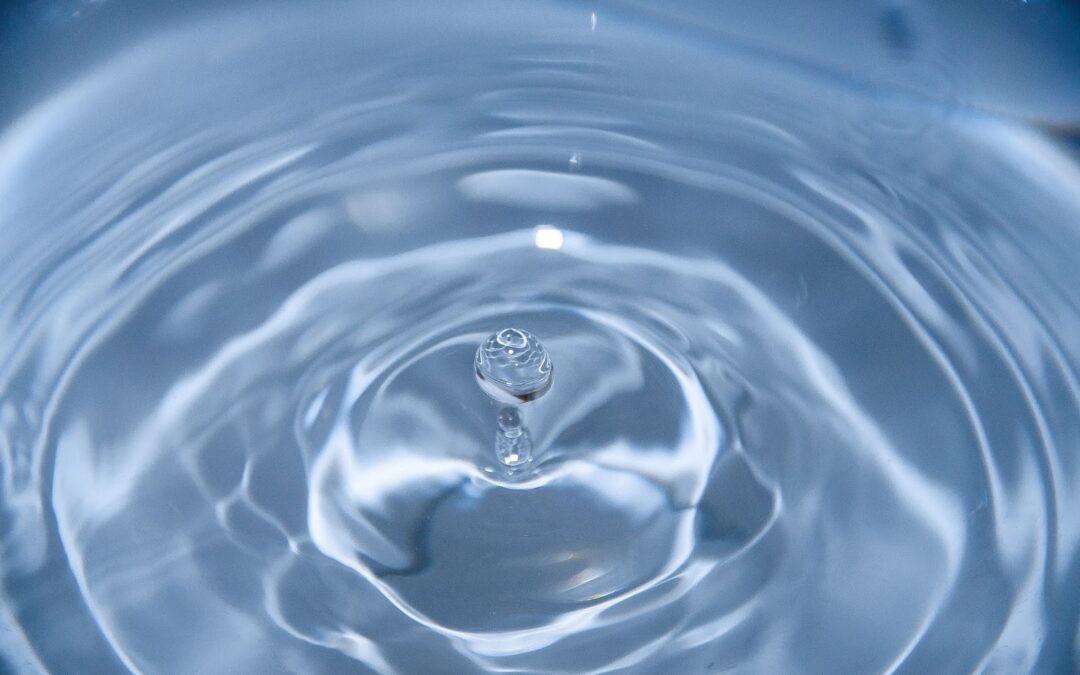As we journey into the middle stages of our lives, prioritizing health and well-being often takes center stage. One area that garners significant attention is sleep quality, with many of us beginning to grapple with conditions like sleep apnea. Consequently, the conversation surrounding Continuous Positive Airway Pressure (CPAP) therapy grows increasingly relevant. If you find yourself immersed in this dialogue, you’ve likely encountered the terms ‘nasal masks’ and ‘nasal pillow.’
Choosing these two devices might seem trivial, but let’s not underestimate their importance. The correct selection could be the key to unlocking comfortable, uninterrupted sleep, while an ill-suited choice may lead to nights of restless tossing and turning.
We understand that diving into the sea of CPAP options can feel overwhelming, even downright disorienting. It’s like being a first-time grandparent all over again – excitement mixed with a touch of anxiety and a whole lot of questions. That’s why we’ve crafted this comprehensive comparison between nasal masks and nasal pillows.
Read until the end to learn more.
Understanding Sleep Apnea

Sleep apnea, in its simplest form, is a sleep disorder characterized by intermittent pauses in breathing during sleep. These pauses, or ‘apneas’, can occur due to a variety of reasons. It’s like your body forgets to breathe, akin to those moments when we forget the keys or where we placed our glasses.
This condition predominantly arises from two sources – Obstructive Sleep Apnea (OSA), where the airway becomes physically blocked, and Central Sleep Apnea (CSA), where the brain momentarily fails to signal the muscles to breathe.
As we age, we’ve grown accustomed to various aches, pains, and minor inconveniences. We may even chuckle at them over coffee with friends. However, the symptoms of sleep apnea are no laughing matter. They often include loud snoring, daytime fatigue, and frequent nighttime awakenings.
The silent and arguably more sinister symptoms could be a feeling of breathlessness upon waking or even episodes of gasping for air during sleep. Think of it like trying to sip coffee through a straw that’s pinched at one end – not an entirely pleasant experience, is it?
Now, I can sense the furrowing of brows and the brewing questions – why should we care? Here’s the hard truth, dear friends. Sleep apnea, if left untreated, is a bit like that old, neglected leak in the basement; it can lead to a cascade of potential health risks. We’re talking about hypertension, heart disease, type 2 diabetes, and even stroke. These are battles we’d much rather not fight in this chapter of our lives.
Treatment Methods for Sleep Apnea
Treatment methods for sleep apnea are as diverse as the hats we’ve worn throughout our lives, each designed to suit different needs and circumstances.
Some methods are as simple as lifestyle changes, such as losing weight, quitting smoking, or avoiding alcohol. For others, positional therapy or oral appliances might be the ticket, particularly if your sleep apnea is mild. More severe cases might necessitate surgery or the use of breathing devices.
That brings us to the star player on the team, the tried and trusted – Continuous Positive Airway Pressure, or CPAP therapy. Think of CPAP as that loyal friend who’s always there to give you a helping hand, or in this case, a breath of fresh air.
So how does this friend, CPAP therapy, work? Imagine you’re blowing up a balloon. The continuous stream of air keeps the balloon inflated, right? Similarly, a CPAP machine delivers a steady stream of pressurized air through a mask to your airway.
This continuous flow ensures your airway remains open, preventing the collapses that cause apnea episodes. The result? You can breathe easier, snore less, and hopefully enjoy better sleep quality.
In essence, CPAP therapy is a non-invasive, effective method that many have found to be a game-changer in their fight against sleep apnea. It’s like discovering that perfect pair of comfortable shoes – once you’ve found the right fit, you can stride forward with newfound confidence.
Also Read: What is a CPAP Machine, and What Does It Do?
What Is Nasal CPAP Mask?

Unlike a full face mask that covers both your nose and mouth, nasal CPAP masks target only the nose, making them a less intrusive, more comfortable alternative for many users. The mask creates a continuous stream of pressurized air to keep your airways open during sleep, improving your breathing and reducing disruptive snoring.
What Is a Nasal Pillow Mask?
A nasal pillow mask is a type of Continuous Positive Airway Pressure (CPAP) mask designed specifically for sleep therapy, particularly for conditions like sleep apnea. Unlike traditional CPAP masks, nasal pillow masks are lightweight and minimally invasive, delivering pressurized air directly into the nostrils through soft, cushion-like ‘pillows’ that seal around the base of the nose.
This compact design reduces facial contact—making them an excellent choice for users who might feel claustrophobic in larger masks or those who wear glasses—and allows users to engage in activities like reading or watching TV before bed.
Nasal Masks vs. Nasal Pillow: A Comparative Analysis
As we approach the crossroads in our sleep health journey, the question arises: nasal mask or nasal pillow? It’s like choosing between a pair of classic loafers and the latest running shoes. Both serve the primary function of footwear, but each offers a unique set of features and benefits.
Let’s take a closer look at these two options in terms of comfort, noise level, freedom of movement, claustrophobic tendencies, ease of use and cleaning, and compatibility with various sleeping positions.
Cozy Comfort: A Personal Preference
In the realm of comfort, much depends on individual preference.
A nasal mask, covering the entire nose, can feel more secure to some, like a warm, snug blanket on a chilly night.
On the other hand, the lightweight, minimal contact of the nasal pillow might be akin to a gentle breeze on a warm day for others, particularly those who find larger masks overwhelming.
Quiet Nights: The Noise Factor
When it comes to noise, nasal pillows mask tend to take the crown. The direct, streamlined flow of air often makes them quieter than nasal masks.
So, if a quiet night reminiscent of serene countryside tranquility is your priority, the nasal pillow could be your ally.
Sleeping Free: Movement and Mobility
Freedom of movement in sleep is another critical factor. For those of us who toss and turn, change positions, or simply enjoy the liberty of movement, the unobtrusive design of the nasal pillow often proves superior. It’s like dancing freely to your favorite tune, unrestricted and unencumbered.
Ease and Claustrophobia: Size Matters
For those battling claustrophobic tendencies, size indeed matters. The smaller, less invasive nasal pillows can feel less confining compared to the full-coverage nasal masks. It’s the difference between wearing a hat and a headband – both serve a purpose, but one certainly feels less encompassing.
Maintenance and Cleaning: The Practical Aspect
When it comes to ease of use and cleaning, nasal pillows often edge out due to their simpler design and smaller size. It’s like the difference between maintaining a compact city car versus a large family SUV; both can get you where you need to go, but one certainly requires less upkeep.
Sleeping Positions: Versatility in Rest
Lastly, let’s consider sleeping positions. While both nasal masks and pillows offer a range of flexibility, side-sleepers or stomach-sleepers might find the smaller, less bulky nasal pillows to be a more comfortable fit. It’s like choosing between a large backpack and a sleek sling bag; both carry your essentials, but one might feel less cumbersome depending on your journey.
Also Read: CPAP Mask Types: Everything You Need To Know!
How to Choose Between Nasal Masks and a Nasal Pillow

Choosing between a nasal mask and a nasal pillow is akin to selecting the perfect pair of glasses. It’s a deeply personal decision, one that depends on a myriad of factors, including comfort, sleeping habits, physical attributes like facial hair, and personal feelings like claustrophobia.
As we approach this decision, let’s consider each factor with the same discernment we’ve applied to other important life choices.
Comfort and Sleeping Habits
Comfort is a subjective term. What feels like a fluffy cloud to one person might feel like a rock to another. The same goes for our sleeping habits. Do you tend to sleep on your back, your side, or your stomach? Do you move around a lot, or do you wake up in the same position you drifted off in? It’s a bit like choosing your favorite chair in the living room – only you can decide which one feels just right.
The Facial Hair Factor
For gentlemen with facial hair or ladies who prefer a larger skincare routine, the nasal pillow, with its minimal contact design, often proves to be a better fit. It’s like wearing a lightweight scarf instead of a heavy shawl – both keep you warm, but one might suit your style better.
Claustrophobia
Feelings of claustrophobia can’t be ignored when choosing your sleep apnea treatment. If you feel overwhelmed with larger masks, the minimalistic design of the nasal pillow might be a breath of fresh air. Remember, it’s crucial that your sleep therapy is something you look forward to, not something that causes discomfort or stress.
Trial and Error
Finding the right fit often involves trial and error. It’s like finding the perfect coffee blend – sometimes, it takes a few tries to discover what you truly enjoy. Don’t be disheartened if the first mask or pillow you try isn’t the perfect fit. Patience, as we’ve learned throughout our lives, often leads to the best results.
Professional Advice
While personal considerations are crucial, it’s equally important to seek professional advice from healthcare providers. They bring a wealth of knowledge and experience that can guide you in making an informed decision. Think of them as the skilled barista who helps you choose the right coffee blend based on your preferences.
A Journey Toward Restful Nights: Concluding Thoughts
We’ve explored the landscape of sleep apnea, understanding its causes, symptoms, and potential health risks. We’ve delved into the specifics of nasal masks and nasal pillows, acquainting ourselves with their unique features and functions.
Throughout our exploration, we’ve discovered that comfort and fit are pivotal in choosing between a nasal mask and a nasal pillow. It’s a decision as personal as choosing between a feather pillow and a memory foam one, between a hardback book and an e-reader. What works perfectly for one person might not work as well for another.
To find the perfect fit for your sleep apnea treatment, explore our comprehensive range of CPAP accessories on our Amazon store. Your journey towards better sleep and health starts here.



